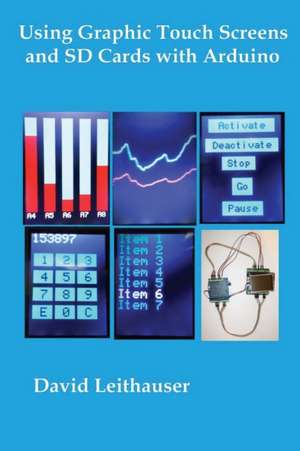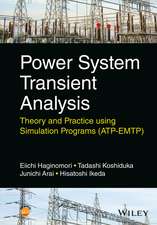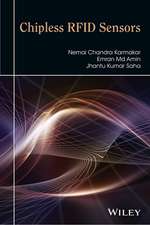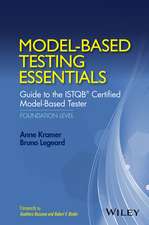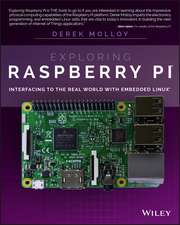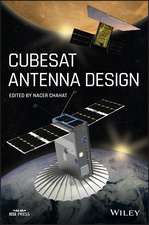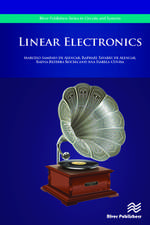Using Graphic Touch Screens and SD Cards with Arduino
Autor MR David C. Leithauseren Limba Engleză Paperback
Preț: 55.28 lei
Nou
Puncte Express: 83
Preț estimativ în valută:
9.78€ • 11.47$ • 8.59£
9.78€ • 11.47$ • 8.59£
Carte tipărită la comandă
Livrare economică 30 ianuarie-13 februarie 26
Preluare comenzi: 021 569.72.76
Specificații
ISBN-13: 9781537157825
ISBN-10: 1537157825
Pagini: 130
Dimensiuni: 152 x 229 x 7 mm
Greutate: 0.19 kg
ISBN-10: 1537157825
Pagini: 130
Dimensiuni: 152 x 229 x 7 mm
Greutate: 0.19 kg
